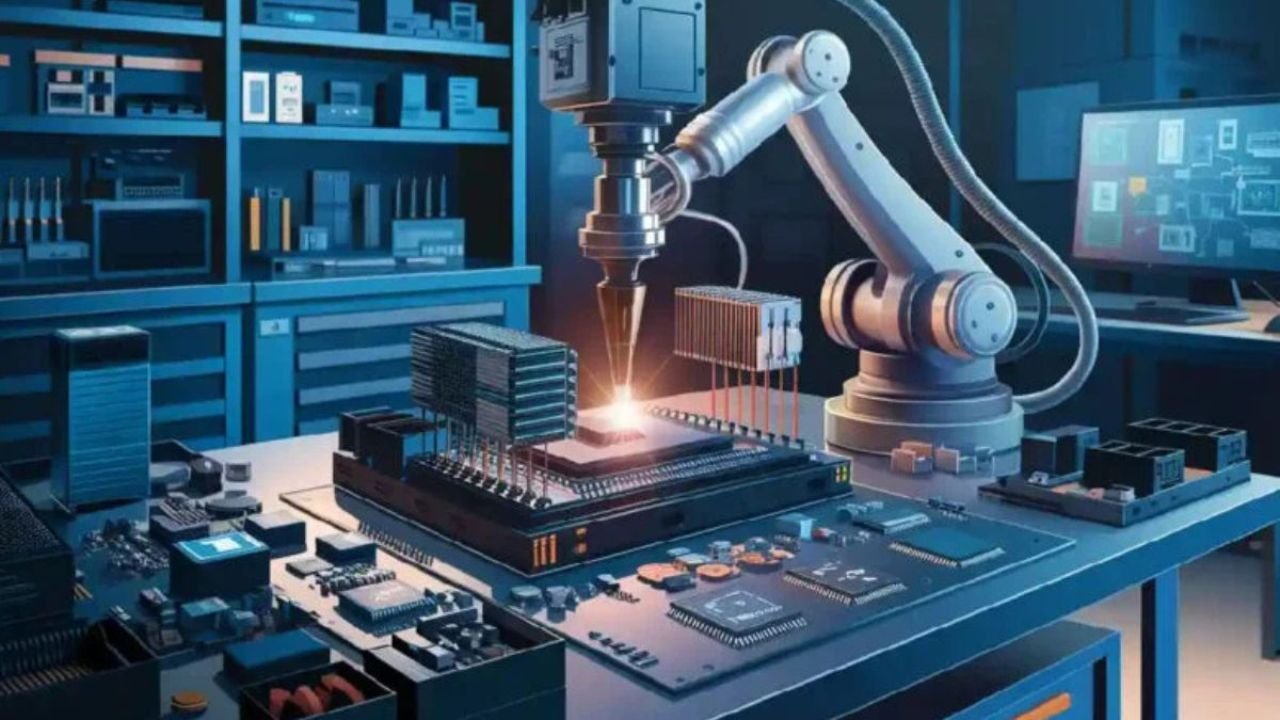Introduction to Repmold
In today’s ever-evolving industrial and technological world, new innovations constantly emerge to simplify complex processes. One such innovation is repmold, a concept that has been gaining attention for its versatile applications and efficiency. Repmold is not just a tool or technique; it represents a forward-thinking approach in design, manufacturing, and problem-solving. By understanding repmold, industries can optimize workflows, reduce costs, and improve overall productivity.
This article explores the origins, applications, benefits, and future potential of repmold, offering a comprehensive view for professionals, learners, and businesses.
What is Repmold?
Repmold can be described as a revolutionary framework or system that combines replication and molding principles to achieve precise results in various fields. The word itself suggests a mix of replication and molding, symbolizing how it helps reproduce complex patterns, structures, or ideas in a streamlined and efficient manner.
Unlike traditional methods, repmold focuses on accuracy, flexibility, and adaptability, making it useful across multiple industries ranging from manufacturing to digital design.
The Origins of Repmold
The idea behind repmold stems from the age-old practice of molding, where materials are shaped into desired forms. Over time, with advancements in technology, 3D modeling, and automation, repmold evolved into a broader concept. Instead of simply shaping materials, it now incorporates replication of designs, data, or systems—bridging physical and digital spaces.
This modern approach has transformed repmold into a multidisciplinary tool, extending beyond traditional molding techniques.
Applications of Repmold
The true power of repmold lies in its wide range of applications. Here are some key areas where it is making an impact:
1. Manufacturing and Prototyping
In the manufacturing industry, repmold allows for the rapid replication of prototypes. Engineers and designers can mold complex parts quickly, reducing turnaround times and cutting down on production costs.
2. Architecture and Design
Repmold is becoming popular among architects and designers who need precise models and structures. By replicating detailed designs, repmold helps in creating scaled models that can be used for presentations and planning.
3. Education and Learning
In education, repmold can be used to replicate learning models, making abstract concepts easier to understand. For example, students studying anatomy, engineering, or architecture can use repmold-based models for hands-on learning.
4. Digital Technology
With the rise of 3D printing and virtual simulations, repmold is making its way into digital technology. Software platforms now integrate repmold concepts for creating accurate virtual environments and simulations.
5. Healthcare and Medical Devices
In healthcare, repmold assists in custom prosthetics and implants, where precision and accuracy are critical. Doctors and engineers use it to replicate body parts for better surgical outcomes.
Benefits of Repmold
The growing popularity of repmold is not without reason. It brings several advantages, including:
-
Precision and Accuracy: Ensures that every detail is faithfully reproduced.
-
Cost-Efficiency: Reduces the need for repetitive manual work and lowers production expenses.
-
Time-Saving: Speeds up prototyping, manufacturing, and design processes.
-
Adaptability: Applicable across industries, from healthcare to digital technology.
-
Innovation Friendly: Encourages creative problem-solving by providing flexible solutions.
Challenges Associated with Repmold
Despite its many benefits, repmold also presents certain challenges:
-
High Initial Investment: The setup may require advanced technology and skilled professionals.
-
Technical Complexity: Requires knowledge in both design and replication methods.
-
Resource Dependence: Some applications depend on high-quality raw materials or specialized software.
Industries adopting repmold need to balance these challenges with its long-term benefits.
The Future of Repmold
The future of repmold looks promising and innovative. With the advancement of AI, automation, and 3D technologies, repmold will likely expand its reach into new areas such as robotics, smart manufacturing, and personalized consumer products.
Imagine a future where every household or business can use repmold-based systems to replicate tools, parts, or even creative designs. Such accessibility could transform industries and everyday life alike.
Why Businesses Should Care About Repmold
For businesses, repmold is more than just a concept; it is an opportunity to stay competitive in a fast-changing market. Companies that integrate repmold into their operations can:
-
Improve efficiency and reduce operational costs.
-
Offer customized solutions to clients.
-
Accelerate product launches.
-
Gain a reputation for innovation and forward-thinking.
Incorporating repmold into strategy is no longer optional—it is becoming a necessity for businesses aiming to grow in modern industries.
Conclusion
Repmold is a transformative concept that combines replication with molding to deliver precision, adaptability, and efficiency. From manufacturing to healthcare and digital design, it is reshaping how industries operate and innovate.
While there are challenges in its adoption, the benefits of repmold outweigh the hurdles, making it a tool worth exploring for the future. Businesses, learners, and professionals who understand and adopt repmold today will be better prepared for tomorrow’s technological advancements.

